Travel Guide: Lima
Questions This Article Answers
What are the top sights in Lima?
How does Lima's culinary scene compare internationally?
What unique cultural experiences can be found in Lima?
What are the best neighborhoods to visit in Lima?
What are the must-visit museums and archaeological sites in Lima?
A Brief History of Lima
 Founded by the Spanish Conquistador Francisco Pizarro(Francisco Pizarro) in 1535 and initially named La Ciudad de los Reyes(The City of Kings), Lima quickly rose to prominence as a vital administrative and economic center in the Spanish Empire in South America. It became the capital of the Viceroyalty of Peru, overseeing a vast region that extended from modern-day Colombia to Chile.
Founded by the Spanish Conquistador Francisco Pizarro(Francisco Pizarro) in 1535 and initially named La Ciudad de los Reyes(The City of Kings), Lima quickly rose to prominence as a vital administrative and economic center in the Spanish Empire in South America. It became the capital of the Viceroyalty of Peru, overseeing a vast region that extended from modern-day Colombia to Chile.
Despite enduring several earthquakes, the city flourished over the centuries, becoming a melting pot of indigenous, African, European, and Asian cultures. It continued to grow after Peru's independence in 1821, becoming a modern metropolis. Today, it serves as the capital of the modern nation of Perú(Peru) and is considered to be one of the culinary capitals of the world.
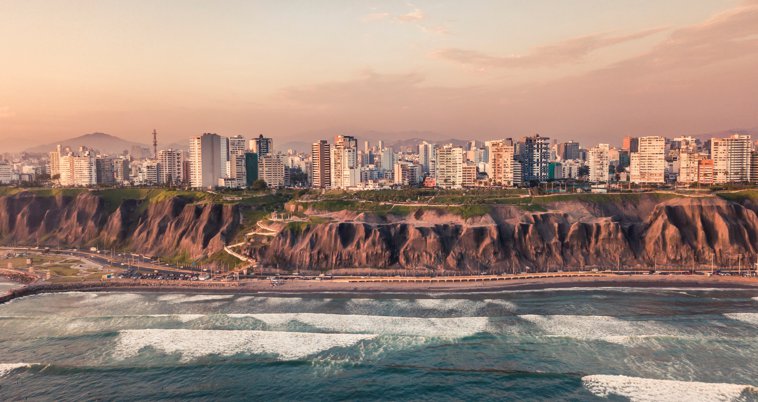
Lima: A Foodie’s Paradise
Lima is renowned as the capital gastronómica de Sudamérica(gastronomic capital of South America), and the reputation is well-earned. From high-end Michelin-starred restaurants to local cevicherías(ceviche joints), the city has something to offer to every kind of hungry traveler.
Part of why the city’s gastronomy is so famous is its diversity. Lima's food scene is a fusion of indigenous, Spanish, African, Chinese, and Japanese influences. The city's inventive chefs are continuously experimenting, blending traditional ingredients with modern techniques, thus constantly evolving the dining experience.
Whether you’re looking for a quick street snack or for a sophisticated tasting menu, Lima's varied food scene offers more than can be captured in a simple list.That said, here's a selection of some of the most popular local dishes you're likely to encounter:
Speaking of ceviche, if you’d like to learn how to make your own, check out our article on how to make ceviche.
Now, let’s see some of the top places to visit in Lima:
1. Barrio de Barranco
The barrio de Barranco(Barranco District), Lima's bohemian district, is a cultural hotspot known for its colorful houses and street art. Here, you can explore galleries, boutiques, and relax at one of the many cafés in the area. You’ll also find many of the city’s top eateries here. If you’re looking for places to go after sundown, the neighborhood is also known for its lively nightlife.
While you’re here, you can also visit the famous Puente de los Suspiros(Bridge of Sighs), a small wooden bridge that used to be a meeting place for poets and lovers alike (or so says the story!).
2. Miraflores
Miraflores(Miraflores) is Lima's modern and cosmopolitan district, offering shopping areas, beautiful gardens, and parks. It’s also home to many of Lima's top restaurants, making it a focal point for the city's culinary scene.
The parque Kennedy(Kennedy Park), located here, is a popular gathering spot for both locals and tourists. It's also famous for its community of friendly stray cats, which are cared for by local volunteers.
Around a mile away is the malecón de Miraflores(Miraflores Boardwalk), a cliff-top walkway with stunning ocean views. The malecón extends for several kilometers, and is a popular route for leisurely walks, jogging, cycling, and simply enjoying the vistas of the coastline and the sunset over the Pacific. Larcomar(Larcomar), one of the city’s most popular shopping centers, is located along this stretch.
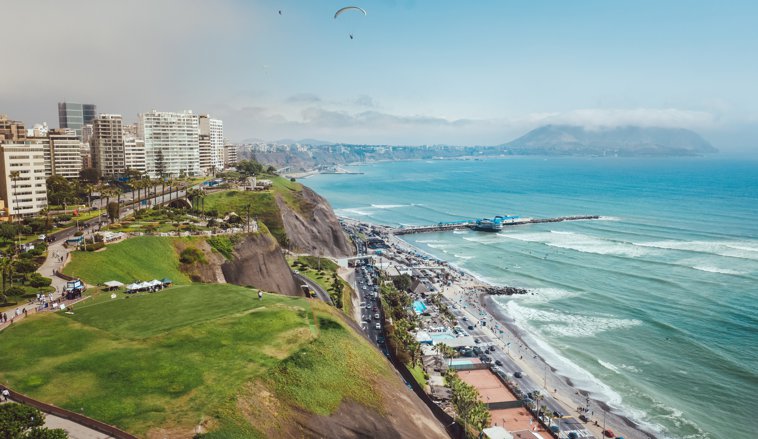 Another local landmark is the parque del Amor(Love Park), a public park inspired by Antoni Gaudí’s Park Güell in Barcelona. Visitors love to take a selfie in front of El Beso(The Kiss), the famous statue by Víctor Delfín(Victor Delfin) that oversees the park.
Another local landmark is the parque del Amor(Love Park), a public park inspired by Antoni Gaudí’s Park Güell in Barcelona. Visitors love to take a selfie in front of El Beso(The Kiss), the famous statue by Víctor Delfín(Victor Delfin) that oversees the park.
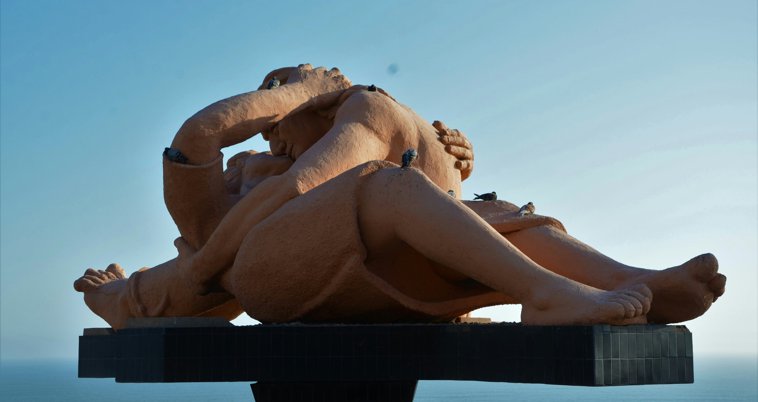
3. Costa Verde
The Costa Verde (Green Coast) refers to the expressway along the coast of Lima and the adjacent beaches. It stretches beyond Miraflores, running along several districts including Barranco and Chorrillos. The beaches along the route are some of the most popular in Lima, including playa Barranquito(Barranquito Beach), playa Waikiki(Waikiki Beach), playa Los Delfines(Los Delfines Beach, literally, The Dolphins’ Beach), and playa Agua Dulce(Agua Dulce Beach, literally, Freshwater Beach).
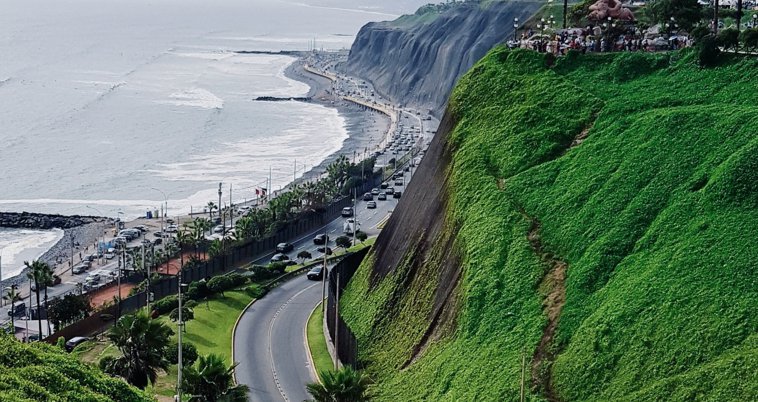 There are paths for cycling and skating, and the beaches are great for sunbathing and beach sports. Many of them are also popular surfing spots. For those seeking a bit of an adrenaline rush, paragliding is also available.
There are paths for cycling and skating, and the beaches are great for sunbathing and beach sports. Many of them are also popular surfing spots. For those seeking a bit of an adrenaline rush, paragliding is also available.
4. Centro Histórico de Lima
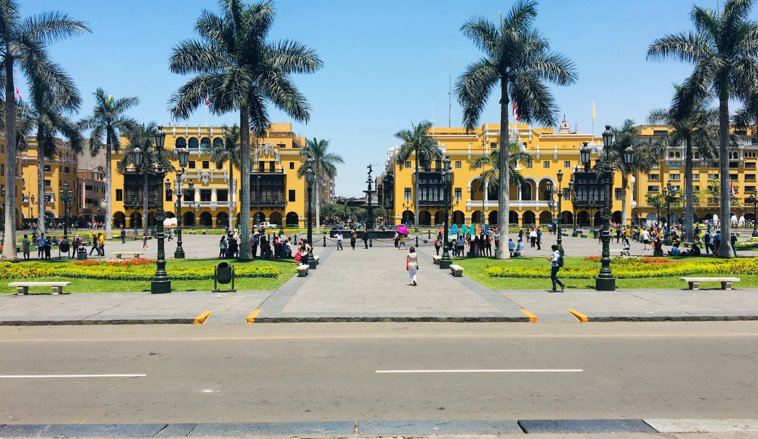 The Centro Histórico de Lima(Lima’s Historic Center), Lima’s old town, is one of several UNESCO World Heritage Sites located in Peru. Here, you'll find colonial-era architecture, including the following:
The Centro Histórico de Lima(Lima’s Historic Center), Lima’s old town, is one of several UNESCO World Heritage Sites located in Peru. Here, you'll find colonial-era architecture, including the following:
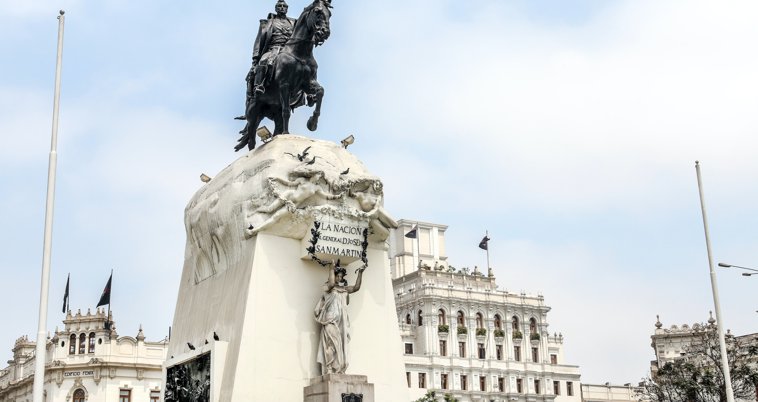
5. Parque de la Reserva
The beautifully landscaped parque de la Reserva(Park of the Reserve) is mainly known for the Circuito Mágico del Agua(Magic Water Circuit), a series of illuminated fountains that are part of a spectacular light and sound show in the evenings.
6. Museo Larco
The Museo Larco(Larco Museum) is renowned for its extensive collection of pre-Columbian art, including pottery, textiles, and gold and silver pieces. Its exhibits, including the unique erotic pottery gallery, offer insights into ancient Peruvian cultures beyond the famous Inca, including the Mochicas(Mochicas), Paracas(Paracas), and Wari(Wari). The museum's beautifully landscaped gardens and on-site restaurant enhance the cultural experience.
7. Huaca Pucllana
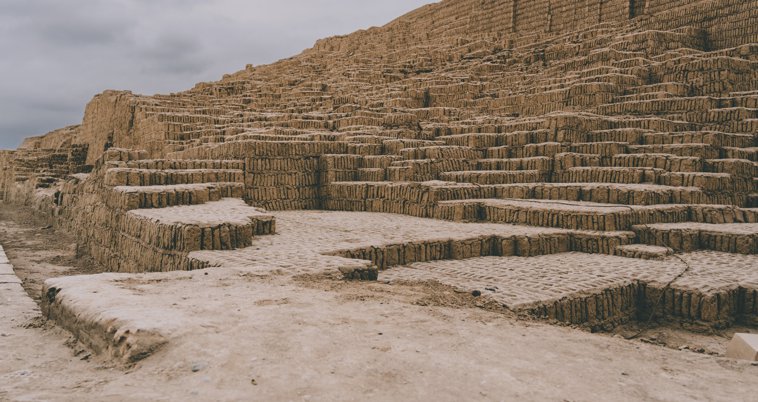 Huaca Pucllana(Huaca Pucllana) is an ancient clay pyramid located in the heart of Miraflores. This pre-Incan archaeological site, dating back to 200-700 AD, was once a ceremonial center for the Lima Culture. The site includes a small museum that displays artifacts found during excavations. If exploring the site leaves you with an empty stomach, there’s a very good restaurant right next door too!
Huaca Pucllana(Huaca Pucllana) is an ancient clay pyramid located in the heart of Miraflores. This pre-Incan archaeological site, dating back to 200-700 AD, was once a ceremonial center for the Lima Culture. The site includes a small museum that displays artifacts found during excavations. If exploring the site leaves you with an empty stomach, there’s a very good restaurant right next door too!
8. Museo Oro del Perú y Armas del Mundo
The Museo Oro del Perú y Armas del Mundo(Gold Museum of Peru and Arms of the World) displays a stunning collection of pre-Columbian gold artifacts and textiles, along with thousands of historical weapons, including firearms, swords, uniforms, and other military paraphernalia from different countries.
9. Islas Palomino
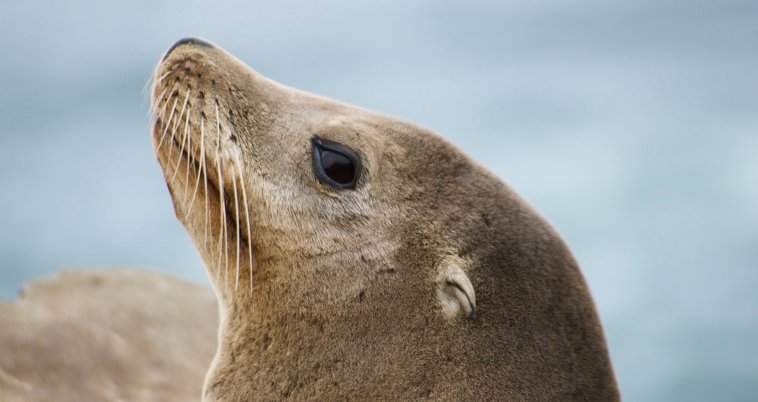 If you need a break from all the museum going, taking a boat trip to the islas Palomino (Palomino Islands) might be a good idea. The islands, located off the coast of Lima, provide a unique adventure where visitors can see pingüinos(penguins) and swim with leones marinos(sea lions) in their natural habitat. Pro-tip: Wear sunblock.
If you need a break from all the museum going, taking a boat trip to the islas Palomino (Palomino Islands) might be a good idea. The islands, located off the coast of Lima, provide a unique adventure where visitors can see pingüinos(penguins) and swim with leones marinos(sea lions) in their natural habitat. Pro-tip: Wear sunblock.
10. El Mercado Indio
For traditional Peruvian crafts and souvenirs, the Mercado Indio(Indian Market) in Miraflores is the place to go. This huge market offers a wide range of artisanal goods, including alpaca textiles, silver jewelry, and handcrafted pottery. Feel free to haggle!
11. Pachacámac
This archaeological complex, just outside Lima, is a significant ceremonial center of pre-Columbian Peru. The site is named after the Pachacámac(Pachacamac), the creator god in many ancient Peruvian cultures, including the Inca, Lima, and Wari. It includes temples and pyramids built by several of these cultures, the most famous of which is the Templo del Sol(Temple of the Sun).
12. Museo de Arte de Lima
The Museo de Arte de Lima(Lima Art Museum), or MALI, has an extensive collection of Peruvian art, from pre-Columbian artifacts to contemporary works. Housed in the historic Palacio de la Exposición(literally, Palace of the Exposition), the museum offers a comprehensive overview of the country's artistic evolution. It includes paintings by some of Peru’s most famous artists, including Francisco Laso(Francisco Laso), José Gil de Castro(Jose Gil de Castro), and Fernando de Szyszlo(Fernando de Szyszlo).
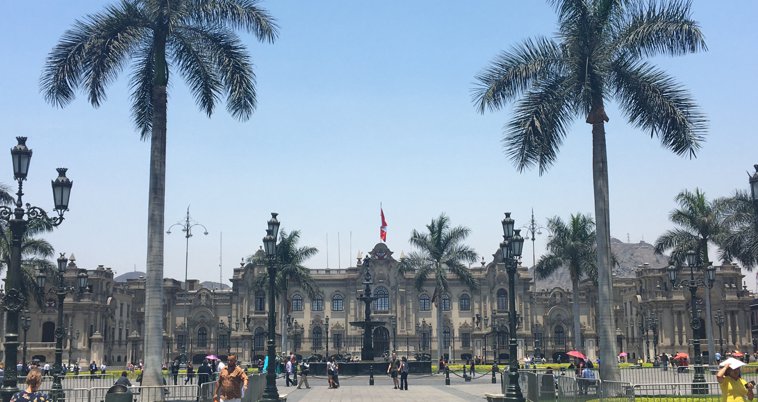 We hope you enjoyed these recommendations for what to visit in Lima. ¡Buen viaje!(Have a great trip!)
We hope you enjoyed these recommendations for what to visit in Lima. ¡Buen viaje!(Have a great trip!)
Got the itch to travel? Check out the following articles to get more ideas for your next trip to the Spanish-speaking world:














